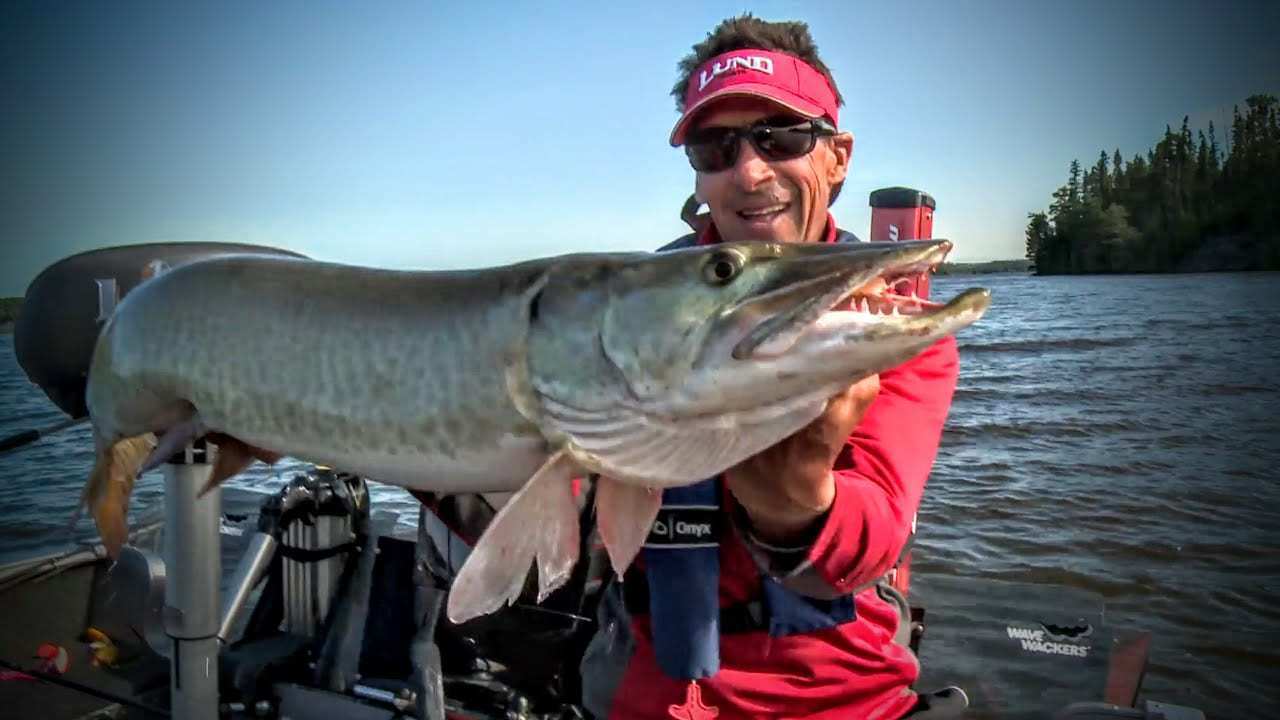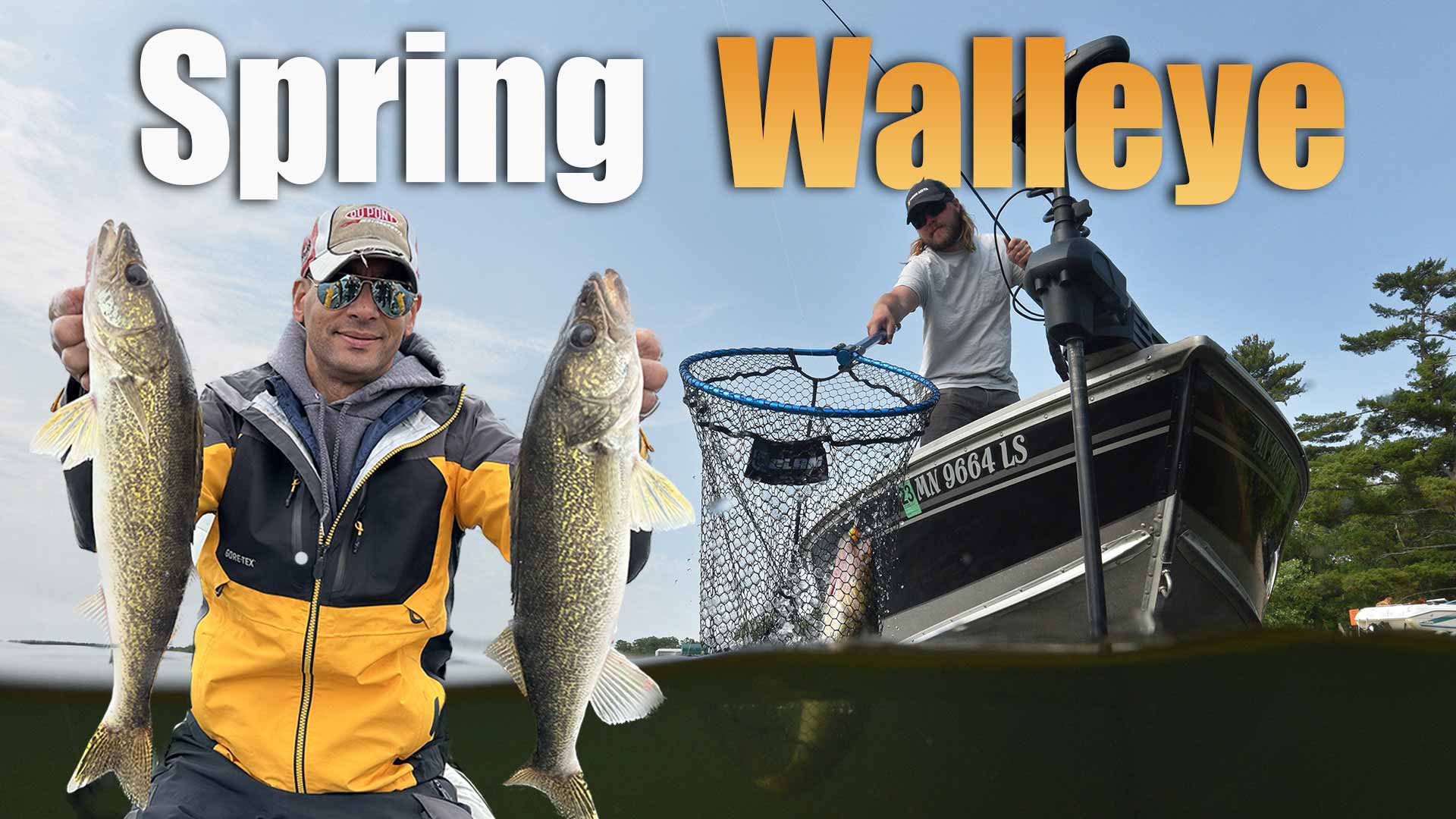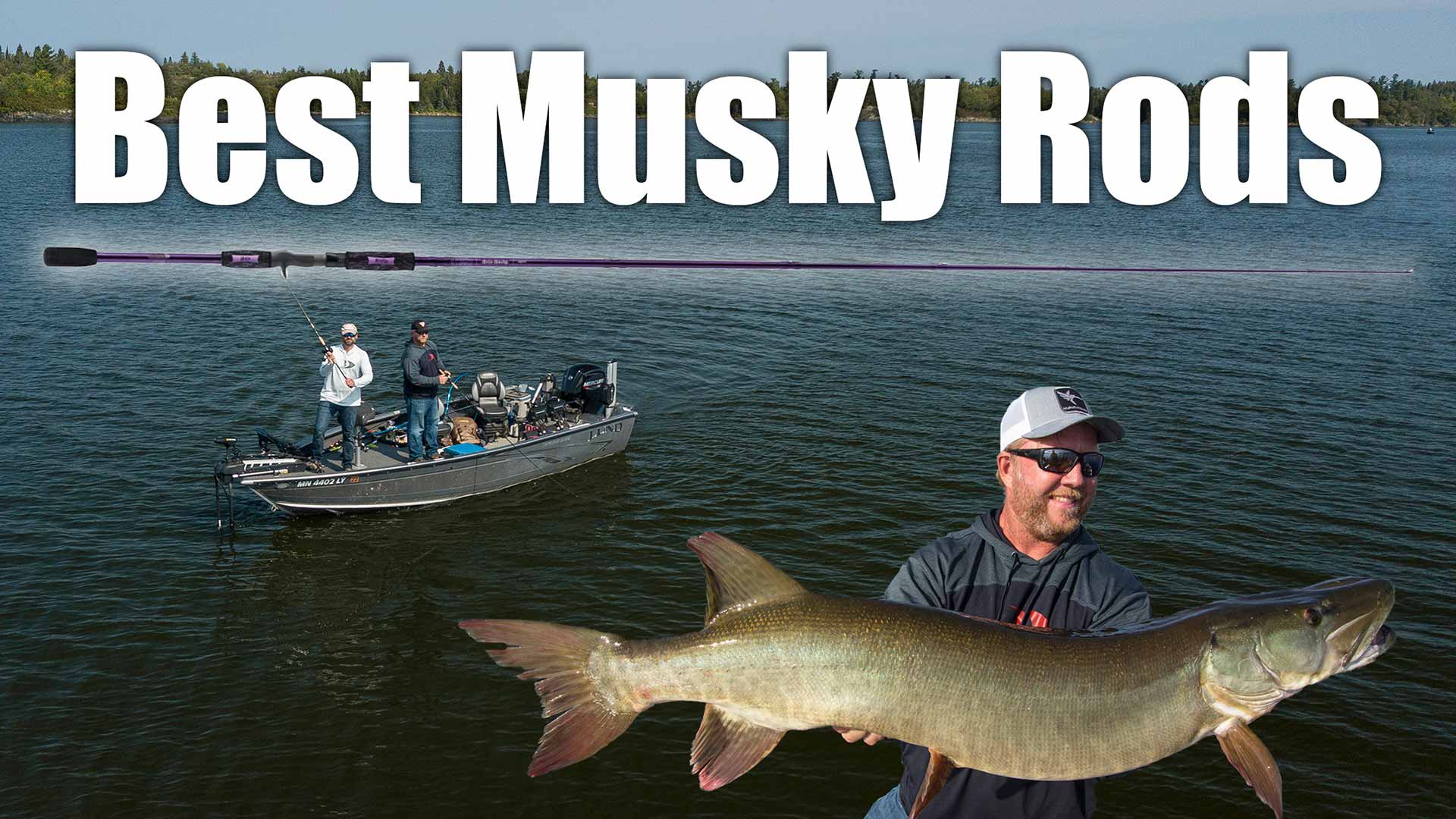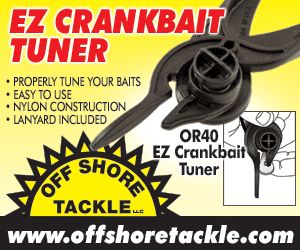How To Break Down New Musky Water — Keep it Simple!
How many of you have launched your boat on a new lake and asked yourself, “Where do I start?” Breaking down a new fishery can be a daunting task, no doubt about it. In this short segment, James Lindner and Jeremy Smith, a couple of musky gurus, share how they break down new water when they are hunting for summertime muskies. In this particular piece, they are fishing on Lake Wabigoon in Northwest Ontario. James hasn’t been on this lake in over 20 years and this is actually Jeremy’s first time ever fishing Wabigoon.
Every time you go to a new body of water, you need to start somewhere. So, how do you begin?
While you might be able to collect local intel on some lakes, that isn’t always the case — and oftentimes, the “latest fishing report” can send you on a week-long wild goose chase. Ultimately, the most reliable intel you can acquire is the kind of intel you form yourself covering water and making casts.
When you’re scouring the lake, trying to put together a pattern, the first thing you should figure out is what type of structures the fish tend to prefer at that given point in time, whether that be rock reefs, island complexes, shoreline points. What kind of cover are they relating to: wood, broken rock, boulders, or weeds?
Sample different structures and cover-types until you find signs of life. If you a musky follows you out of a weed bed or a boulder patch, chances are, you can find them in similar areas all across the lake.
Introduction
In this article, we will be discussing the exciting activity of musky hunting in Northwest Ontario. Muskie fishing in this region is renowned, with numerous bodies of water containing these elusive fish. Join us as we explore Lake Wobegon in Dryden, Ontario, and learn how to break down new water when searching for muskies.
Exploring New Waters
When venturing into unfamiliar territory, it’s essential to gather local intel and rely on previous fishing experiences. However, the most crucial aspect is spending time on the water and making casts. Lake Wobegon, where we are currently fishing, is a dark water lake, which will influence our approach.
Identifying Fish Habitat
To begin our musky hunt, we need to identify the type of structure the fish are using. This could include rock reefs, island complexes, shoreline points, boulders, broken rock, or weeds. Based on our intuition, we believe the muskies will be relating to a combination of boulders and weeds. The lake is filled with a maze of habitat, including island bulrush beds, wood reed beds, and various islands, providing ample hiding spots for the fish.
The Thrill of Exploration
Exploring new waters is always an exhilarating experience. It’s been over 20 years since Jim last visited this body of water, and for me, it’s my first time fishing Lake Wobegon. The anticipation builds as we navigate through the complex area, filled with different types of habitat. And then, it happens – a musky hot on the bait.
The First Catch
As we make our casts, a musky finally takes the bait. It’s a thrilling moment as the fish puts up a fight. Jim estimates it to be around 40-42 inches long, a beautiful specimen. The musky comes right back up on the bait, showing its interest. We can tell that we’re in the right area, with the fish relating to the weeds. The complex structure of the lake, with its islands and various types of cover, provides an ideal habitat for muskies.
Appreciating the Beauty
As we reel in the musky, we can’t help but admire its beauty. The fish is still healing from spawning, evident from the spots on its body. Its vibrant green coloration is striking, and we take a moment to appreciate its unique features. After capturing a few photos, we carefully release the musky back into the water, allowing it to continue its journey.









